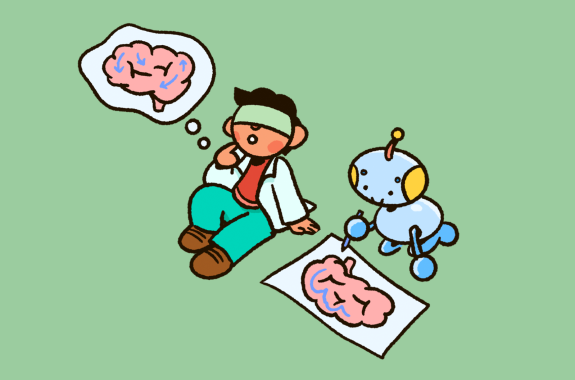Grade Level
6 - 8
minutes
15 min - 1 hr
subject
Life Science
stem practices
Planning and Carrying Out Investigations
Activity Type:
STEAM, family activities, After School Activity, brain, neuroscience
Este recurso está disponible en español. This resource is available in Spanish.
Jump to: Video | Puzzle | Trivia
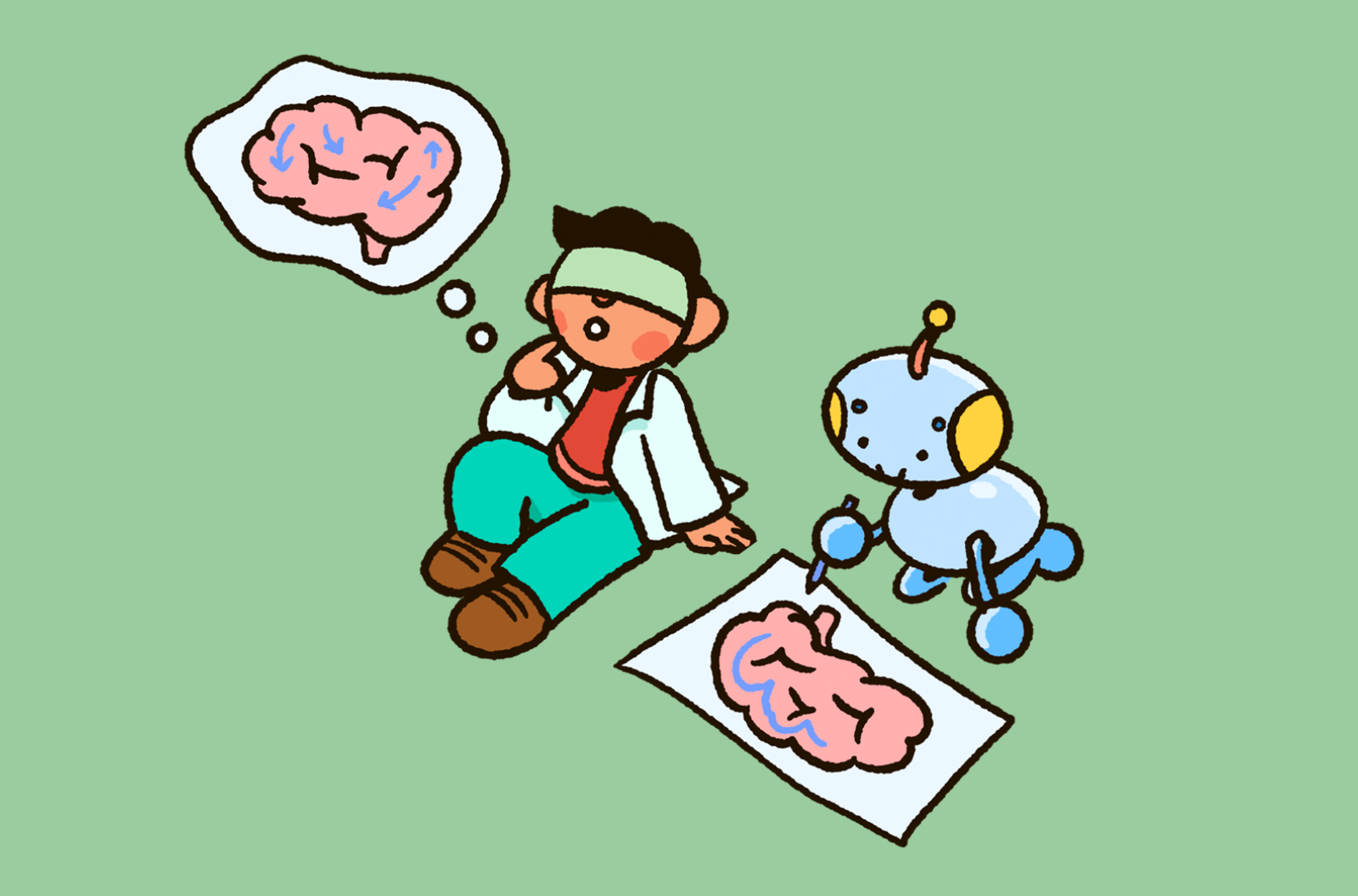
It’s lunchtime, and you and your friend are hungry. You venture into the kitchen and make your favorite sandwich—peanut butter and jelly. You assume your friend can make the same thing, but they have never had this type of sandwich. How would you instruct them to make it?
Take a moment and write out how to make a peanut butter and jelly sandwich. List each step in the process. Add as many details as you can.
How specific were your instructions? Your directions might seem like a good place to start, but they wouldn’t help if your friend isn’t familiar with the ingredients or your kitchen’s layout. What if they didn’t know that your family uses bagged, pre-sliced bread from the store, or that you keep jelly in the refrigerator? The step-by-step directions that are clear to you might not work for someone without similar experiences.
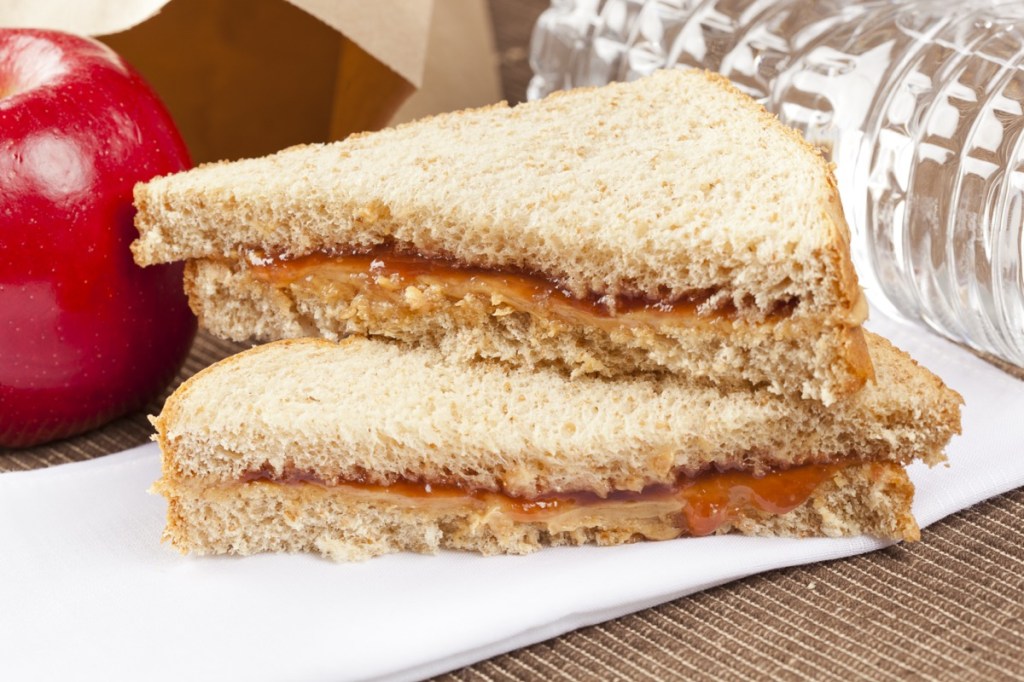
Want to explore ways to give better instructions? Get ready for an instructional challenge! You will need two people, two pieces of copy paper, pens, pencils, or markers, and the ability to communicate instructions.
Here’s what to do:
- To begin, have one person draw a picture. Try to use basic shapes like squares, rectangles, stars, hearts, and circles for the first challenge. Your picture doesn’t even have to represent anything in particular. Keep it simple.
- Without showing or facing your partner, try to explain how to recreate your picture while your partner attempts to draw it, with only your instructions for guidance. For instance, you may say, “Draw a triangle in the upper left-hand corner of the paper. Draw a square in the middle.”
- When you are done describing what you drew, compare your drawing to your partners. How do they compare?
- Switch roles and try it again.
Think about how you described your picture to your partner in the above activity. Did you first consider the steps involved? Did you plan how you would describe the type of shape or its position? When trying to recreate your partner’s picture, did you visualize what they were describing in your mind before you drew it? Which task was easier for you?
Navigate Your World Using Spatial Memory
Giving step-by-step instructions for a task is hard, especially if you have been doing that task (like making your favorite food) for years. You might know how to do this activity without really thinking about it now. However, when you slow down, like in the activity above, you have to be aware of every step. If you forget to describe something important, your partner won’t be able to recreate your drawing.
It’s similar when giving directions to a location. What if you needed to tell someone how to get to your house after school? The ability to store and recall how to get from point A (school) to point B (home) is called spatial memory. It allows you to navigate the world around you and remember where things are on a short-term and long-term basis.
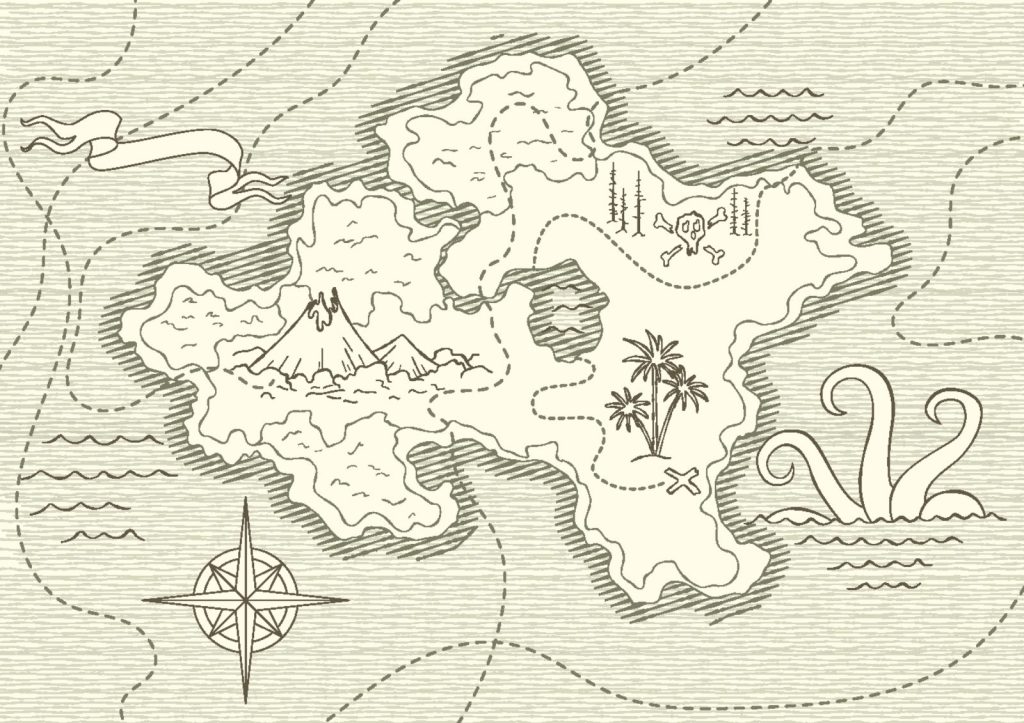
Scientists Study Squirrels To Understand Spatial Memory
Have you ever noticed a squirrel scampering around a park? Did you know that squirrels are fuzzy little geniuses? They are! To prepare for winter, squirrels collect acorns, tree nuts, seeds, berries, and even bark (as well as countless other trinkets they find). Of course, squirrels don’t have a kitchen to store their food. So, what do they do with it? They might put some in their nests, but they may also store acorns in many, many other locations, creating lots of hidden storage spots, called caches. How do they remember where they put all these acorns? Their spatial memory!
Research has shown that squirrels create a cognitive—or mental—map to remember where these nut stashes are. Believe it or not, this research on squirrels is helping us learn more about the human brain and spatial memory.
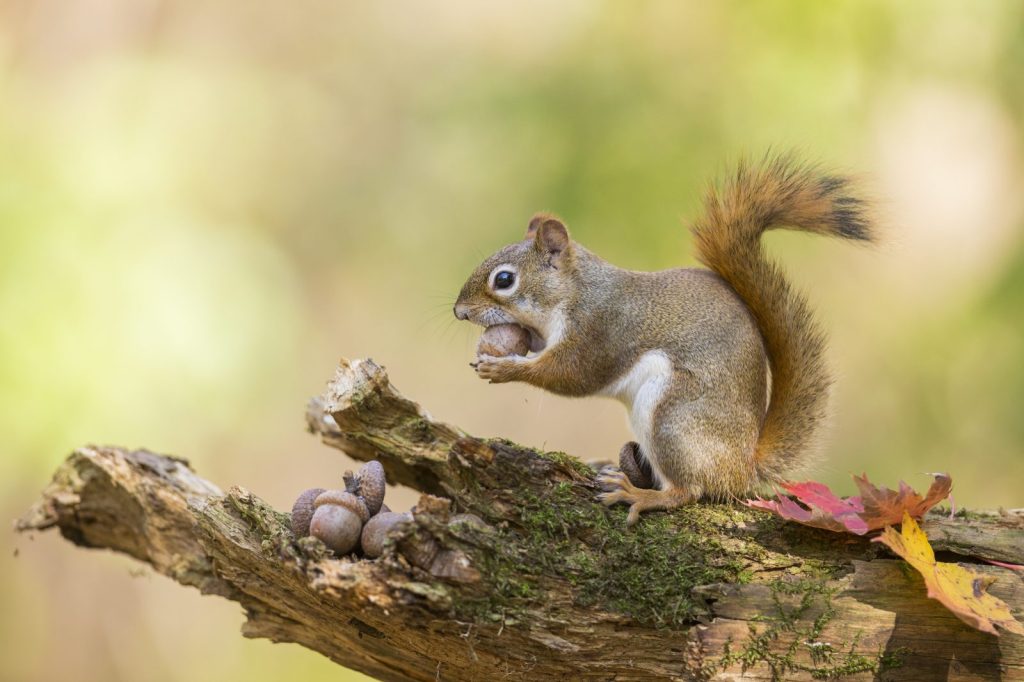
Spatial memory involves the hippocampus, a primitive structure in human and mammal brains. It’s where information is gathered and stored. Squirrels know how to get back to where they have stored their food, just like you know how to get from Point A to Point B, or find the ingredients for your favorite sandwich in your kitchen.
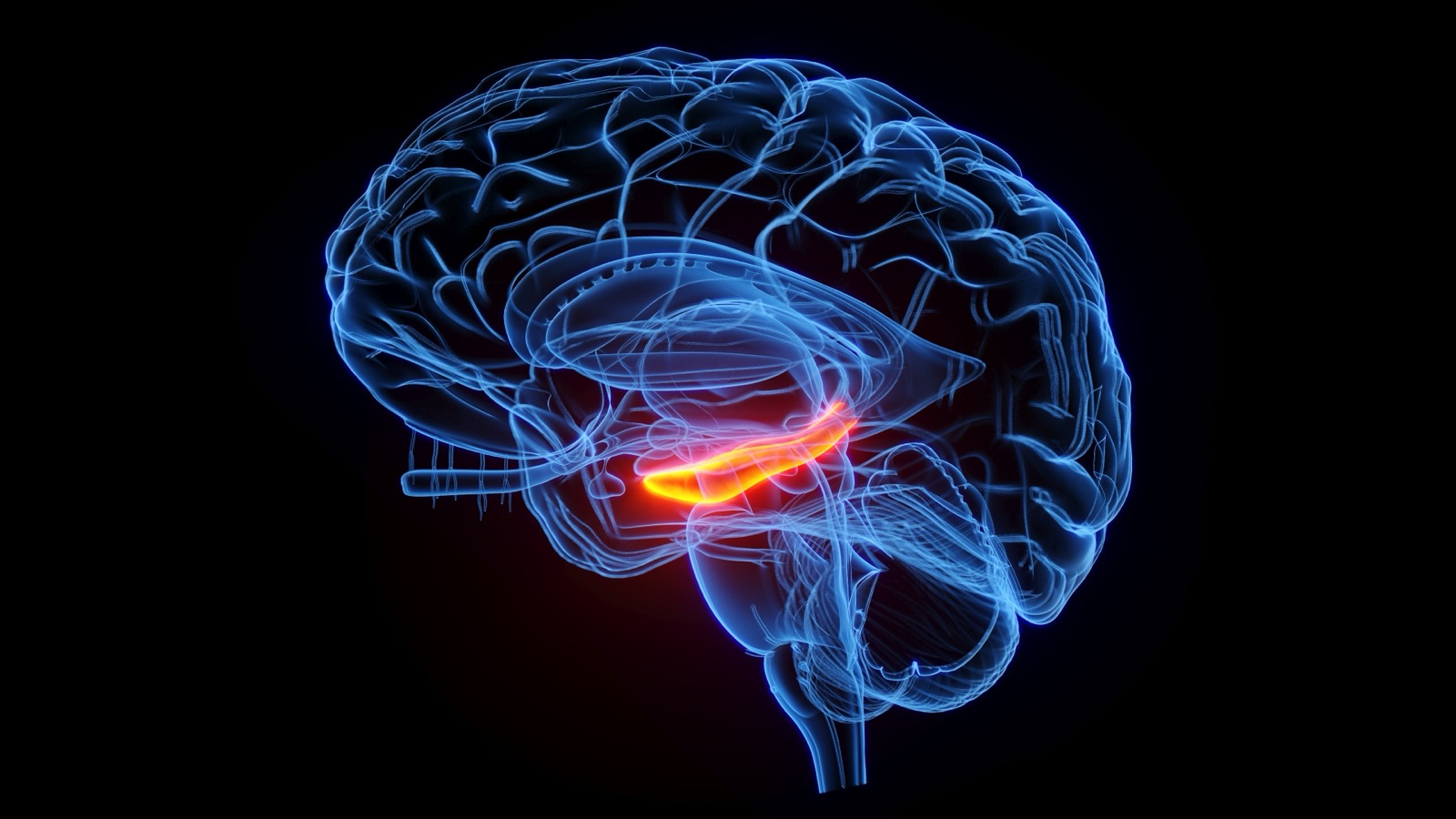
The hippocampus of squirrels is larger than that of similar species that don’t hide their food. Scientists suggest this may be due to neuroplasticity, or the brain’s ability to adapt and change over an organism’s lifetime in response to environmental changes. Research on the mechanisms through which neuroplasticity occurs is ongoing; however, during learning new neurons form, and synapses, or connections for nerve-to-nerve communication, are strengthened. This can cause physical changes to the hippocampus.
Are there any other animals with good spatial memory? The answer is yes: rats! After being allowed to explore a maze, rats can navigate back to the specific location where they encountered an earlier treat, no matter where the researcher places them to start. They do so by building a cognitive map of the maze, and using that map to find their way.
How Does Spatial Memory Affect You?
So, there is evidence that animals can form complex spatial memories, but what does that have to do with you?
Spatial memory helps you know where the food and bathroom are in your house. You also use it to find your classrooms at school. If you change schools, neuroplasticity allows you to make a new cognitive map so that you can navigate those halls, too.
What other ways can spatial memory be helpful? Consider sports, video games, or chess. With practice, you’re able to recall what the court, field, or game board looks like. You understand your location and the locations of other players. You don’t have time to stop and think about your position when you’re playing. You need to rely on your spatial memory to know where your teammates will be, or where the obstacles are, so you can concentrate on the action.
But there are other ways you use spatial memory in your daily life. When the lights are off, and your bedroom is dark, you can walk across the room because you remember where the furniture is. And you probably remember how to get to school or a friend’s house from your home and back. Plus, your spatial memory helps you remember where you put your house keys (or your phone, backpack, or lunch box) after you put them down.

So, how do you increase your spatial memory? Here are some suggestions:
- Play video games like Minecraft or Tetris that challenge you to fit pieces together.
- Play board games such as chess or checkers.
- Work on jigsaw puzzles, tangrams, or Rubik’s Cubes.
- Play with LEGO or other building blocks that allow you to organize objects spatially and build physical models. Tactile spatial activities that rely on either touch or vision are great for anyone.
- Create a mental map of a location, and then, just like rats in a maze, navigate around your map in real life.
- Use spatial vocabulary to describe the positions of objects. Try to use more specific words than “here” or “there” to describe their position.
- Solve—or draw—mazes, like in the activity below!
Brain Teaser
In this challenge, you will use your spatial memory to navigate a maze. There are three versions of the maze. For the first version, print out the maze and use a pencil or pen to solve it. Note the numbers you pass on a successful path through the maze and record them in order from Start to End. These numbers are the secret code.
For a collaborative challenge, try the second version, where you and a friend must navigate the maze together. But there’s a catch! Each player can only see half of the maze. You’ll need to give each other directions and identify obstacles to figure out the right path. Just like in the first version, note the numbers you pass in order from Start to End, but in this version, you may not see all the numbers on your side of the maze.
You’ll need to do a little bit of construction for version two. (Crafty fun!) Download and print the two sides of the maze. Attach each to opposite sides of a piece of thin scrap cardboard, like a cereal box. Connect two magnets on either side of the cardboard at the start of the maze.
Before starting the challenge, each person can view a complete copy of the maze for two minutes so that you have the opportunity to create a cognitive map. Next, each person will sit on their side of the maze and is not allowed to look at the other side during the challenge. Together, you and your friend must move the connected magnets through the maze, directing one another as needed to avoid obstacles.
There is also a third version that places a grid over the maze to make it easier for learners to direct movement. In this version, both players start at “E2” and take turns telling the other player where to move using the numbers and letters along the sides of the grid. It’s a bit like the game Battleship, but with brains.
When you complete the maze, enter the secret code into the Science Friday Enigma Machine to find out if you’re right and get your digital badge.
Did you love this challenge? This activity and puzzle are part of the Hack Your Brain neuroscience escape room.
Download the puzzle! Enter the code!
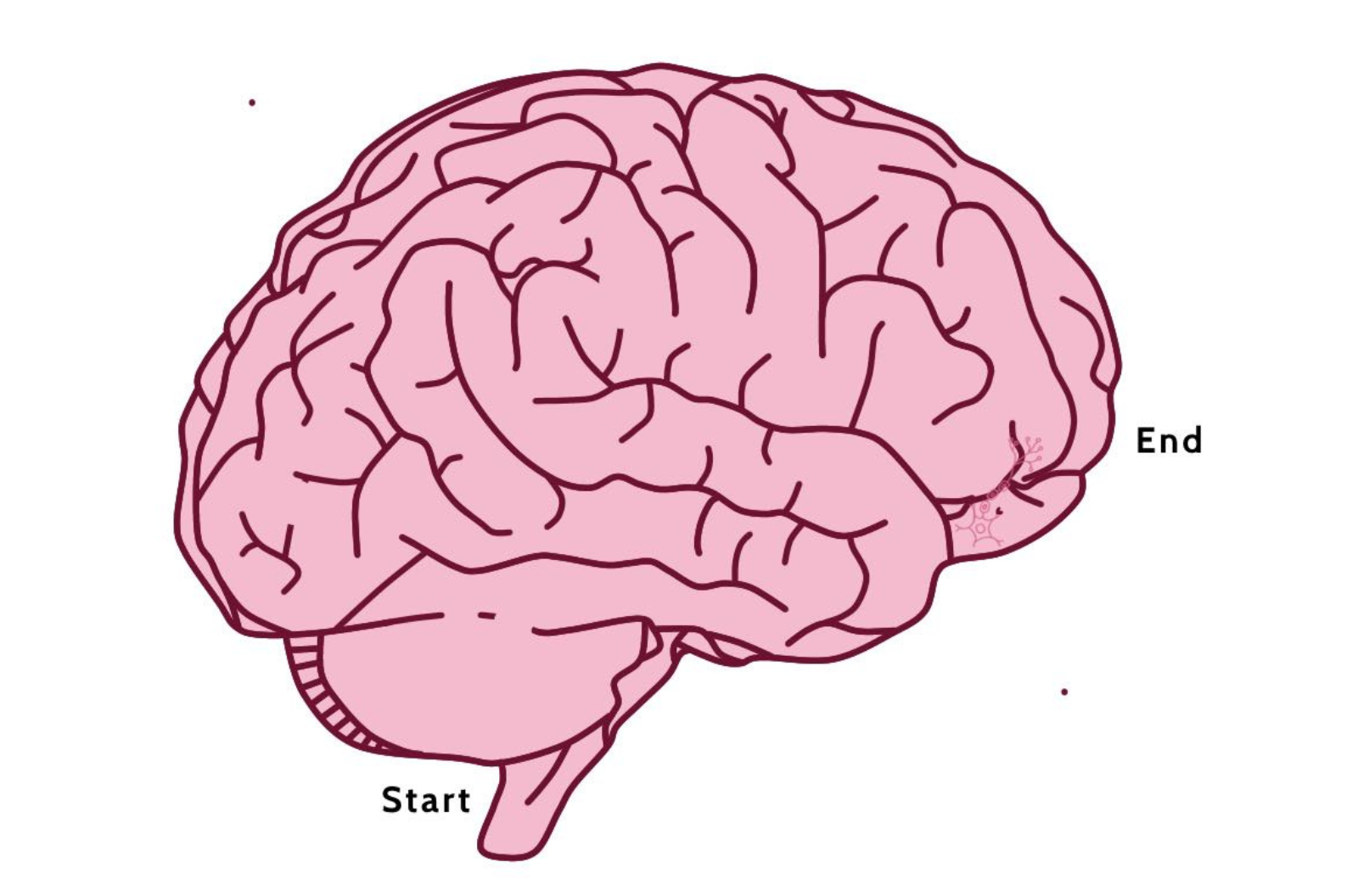
Check Your Knowledge
See how much you remember from your reading! These ten questions will test your recall. Both versions below are free. Kahoot! is a fun game-based platform with pictures and music. Google is a more traditional online quiz format.
Working with a group? You can host your own Kahoot! live or copy the Google form and assign it to a class. Both require logins.
Want To Learn More?
Here are some great resources for you to check out!
- Learn about research done with London taxi drivers that demonstrated human neuroplasticity. Then see a taxi driver put to the test in an actual maze.
- Rats are very intelligent. In this Science Friday story, discover how rats learned to play hide-and-seek, which led researchers to understand more about human brains.
- Want to learn more about how to increase your spatial awareness? These nine activities can help you develop your spatial awareness skills.
- And just for fun, Those Darn Squirrels! is a great picture book on engineering design—and, you guessed it, those fuzzy little geniuses, squirrels.
NGSS Standards:
- MS-LS1-8 From Molecules to Organisms: Structures and Processes: Gather and synthesize information that sensory receptors respond to stimuli by sending messages to the brain for immediate behavior or storage as memories.
Special thanks to the Dana Foundation for funding Hack Your Brain.

Credits:
Lesson by Svea Anderson
Neuroscience Consultation by Daisy Reyes
Game Design by Lucas Leprince
Illustration by Joy Ho
Puzzle illustration by Fai Kosciolek
Developmental Editing by Sandy Roberts and Ariel Zych
Copyediting by Lois Parshley
Digital Production by Ariel Zych
Educator's Toolbox
Meet the Writers
About Svea Anderson
Svea Anderson is a twenty-year veteran educator who never hesitates to step out of her comfort zone and try something new. She enjoys a challenge and never passes up an opportunity to learn something new.
About Sandy Roberts
Sandy Roberts is Science Friday’s Education Program Manager, where she creates learning resources and experiences to advance STEM equity in all learning environments. Lately, she’s been playing with origami circuits and trying to perfect a gluten-free sourdough recipe.
